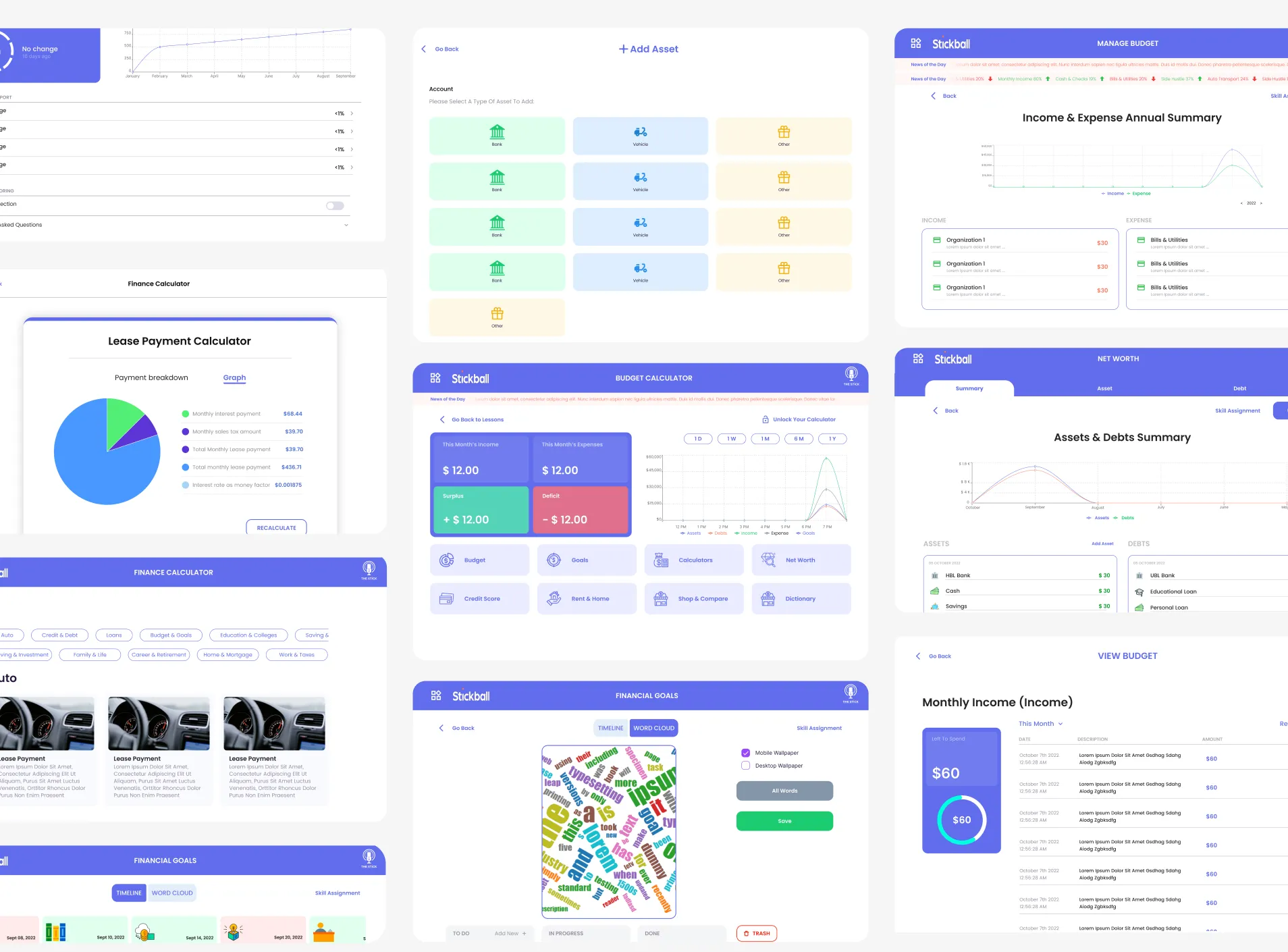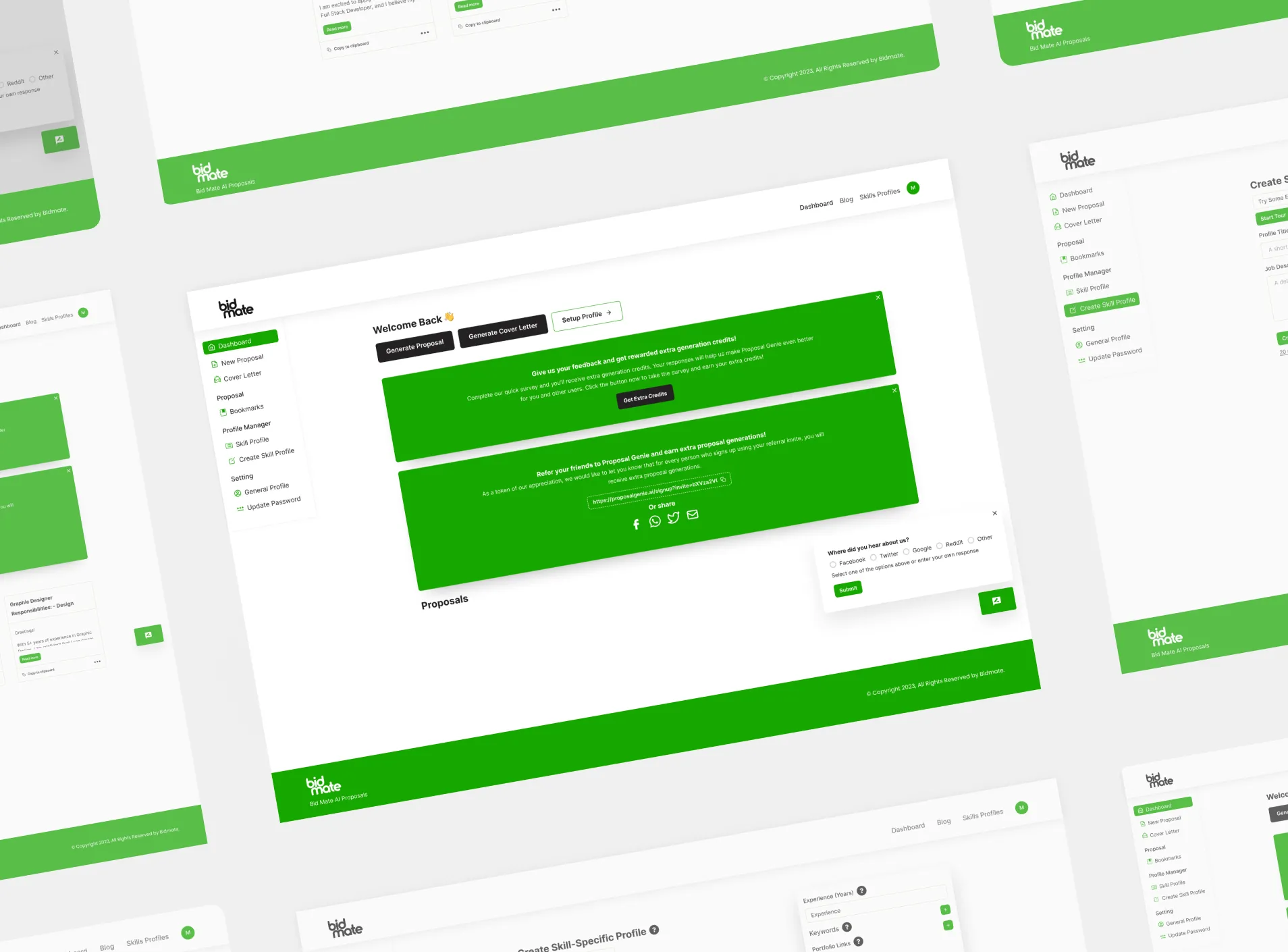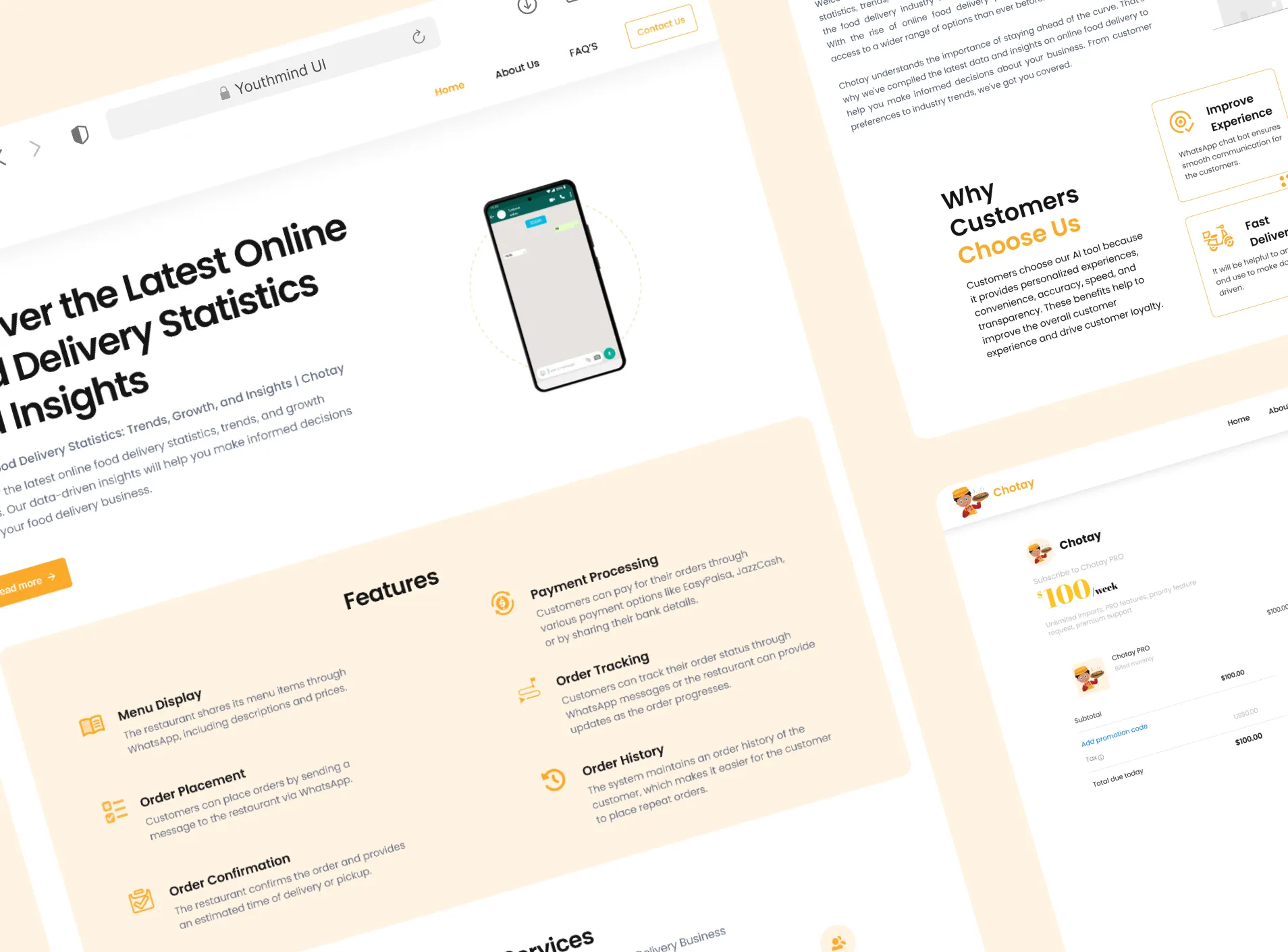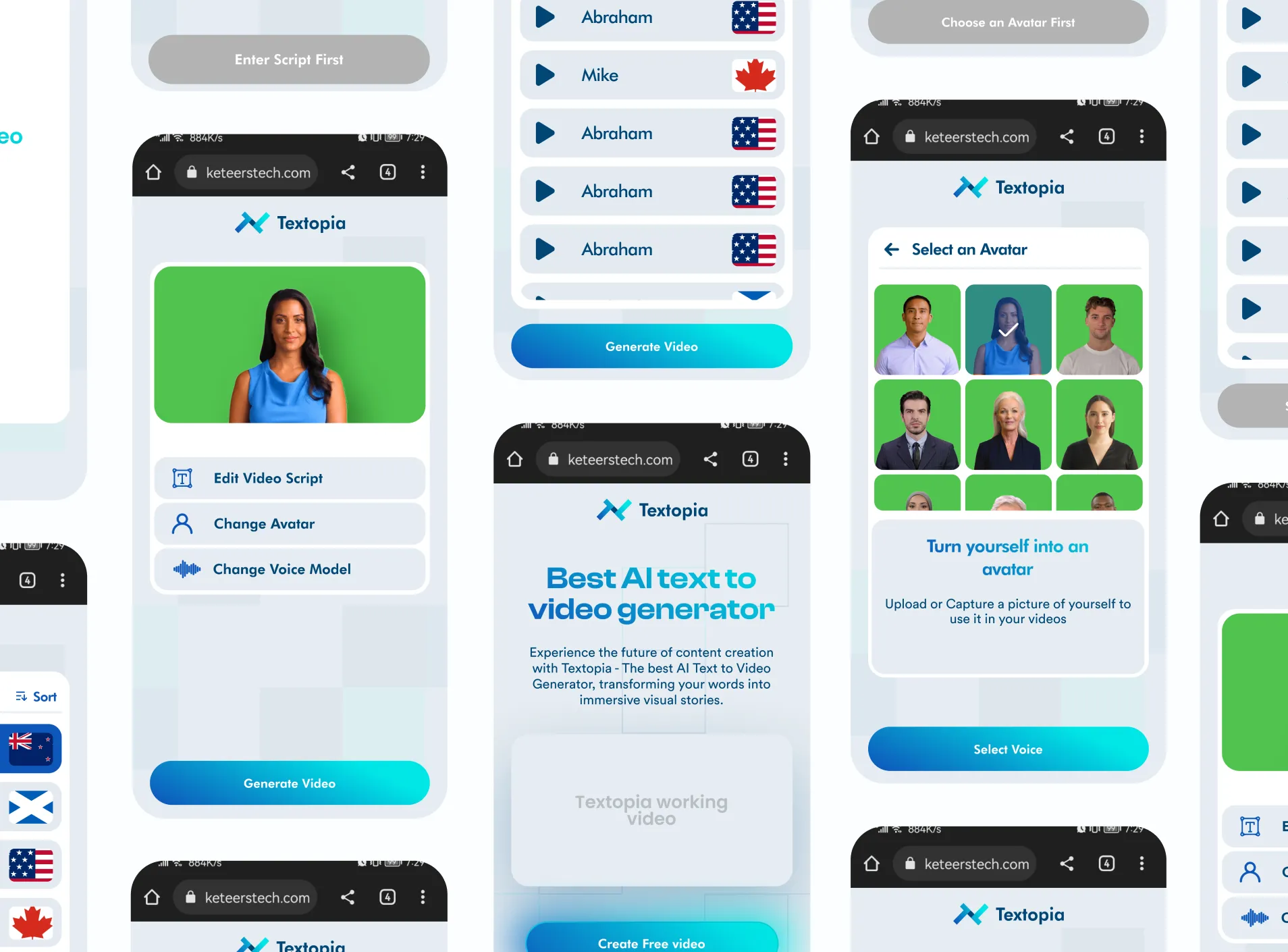- 03 Aug, 2022
- Software Development
- Business
- By Musketeers Tech
Best 10 KPIs for Software Development
In the ever-evolving landscape of software development, the strategic implementation of Key Performance Indicators (KPIs) is essential for success. This comprehensive guide delves deep into the significance of the top 10 KPIs for software development, shedding light on their importance and how they contribute to the overall success of your projects.
A Strategic Approach
In the intricate world of software engineering, the strategic use of KPIs lays the foundation for success. Let’s explore the top 10 KPIs that every software development team should integrate into their workflow.
1. Decoding the Code Churn Rate
One of the fundamental software development KPIs is the KPI software development Code Churn Rate, revealing the frequency of code changes. This metric provides valuable insights into the stability of your software, acting as an early warning system for potential issues.
2. Navigating Lead Time for Changes
How swiftly can your team implement changes? The Lead Time for Changes KPI, a vital KPI for software development, measures this, offering a crucial metric for evaluating the agility and responsiveness of your software development cycle.
3. Upholding Defect Density Standards
Quality is the bedrock of successful software. Defect Density, a critical software development kpi, evaluates the number of defects per line of code, offering a precise gauge of your software’s overall health.
4. Optimizing Code Review Efficiency
Efficient code reviews are indispensable for maintaining code quality. Monitoring the time taken for code reviews ensures a balance between thoroughness and productivity in the development process.
5. Achieving Deployment Frequency Mastery
Deployment Frequency, a pivotal KPI for software development, reflects how often your team releases new features or updates. Striking the right balance ensures your software meets user expectations while staying adaptable to evolving requirements.
6. Elevating Customer Satisfaction (CSAT)
The ultimate measure of success lies in user satisfaction. Regularly collecting feedback and assessing CSAT scores provide invaluable insights into meeting and exceeding user expectations.
7. Deciphering Velocity Metrics
Agile teams often measure their velocity, indicating the amount of work completed in each sprint. Consistent speed is indicative of a well-functioning, predictable development process.
8. Ensuring Test Coverage Mastery
Robust testing is fundamental to software quality. Monitoring the percentage of code covered by automated tests ensures comprehensive validation and identifies potential areas for improvement.
9. Navigating the Landscape of Technical Debt
Balancing speed and quality is an ongoing challenge. Monitoring and managing technical Debt prevent it from accumulating and impeding future development efforts.
10. Fostering Team Collaboration Excellence
Successful software development relies on effective collaboration. Evaluating team dynamics, communication, and cooperation fosters a positive and productive work environment.













.BqrL9sgF_1jVnGp.webp)


